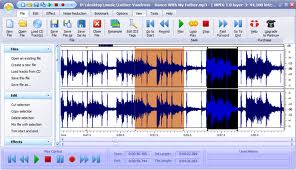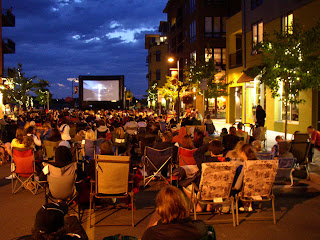21 Essential Tips for Community Film editing
- Some people like editing, others don’t. Find out early on in the project about people’s skills and preferences, and training requirements – don’t leave it all to the end.
- Edit the film as you go along, in a rough and ready fashion. If you filled half a tape accidentally recording irrelevant chair legs there’s really no point wasting that space on your hard drive.
- Respect people’s wish for their contribution to be deleted.
- Review the day’s shooting with participants, if possible
- Make notes on the best clips of the day. This is called logging. Invent the system that works best for you. Always label tapes or disks at the time of filming.
- Keep a note of the best clips, and the ‘who, what, where, when’ bits of information.
- It should be possible to create a rough edit based on (a) a selection of the best material actually filmed; (b) the valued work of a trained editing person or small team; (c) referring back to the story and storyboard as guides.
- In community film it is essential to allow participants to view and comment on the rough edit. Misrepresentation is a crime!
- The rough edit screening is an opportunity for creative dialogue between the editor(s) and the other participants.
- How can we make our film more relevant?
- Despite our noble intentions - are we trying to appeal to too many disparate groups with insoluble differences between them?
- How can we strengthen the people/character element of the story?
- Is there anything that’s irrelevant, flabby or surplus?
- Are we lingering tediously over uninteresting shots?
- What’s distracting our attention from the main message?
- Your best friend is CUT, not PASTE.
- How can we make our film shorter? (We seldom encounter a community film that we would wish to be longer)
- If there’s disagreement (excellent); if you can’t resolve it, why not identify an objective focus group for a screening of the rough edit?
- Have the editors gone overboard on special effects? (Children in the sweet-shop syndrome)
- Remember that you are editing SOUNDS as well as IMAGES...
- There’s far more advice on community filming and editing and sound tracks elsewhere on this blog.
Dr Ian McCormick is the author of The Art of Connection: the Social Life of Sentences
(2013) Also available on Kindle, or to download.
Also worth a look: The PhD Roadmap: A Guide to Successful Submission of your Dissertation / Thesis.



Comments
Post a Comment
My blog posts are exploratory rather than finished works. You are invited to add any comments below...